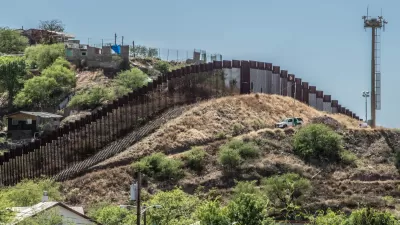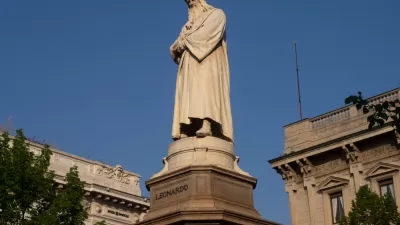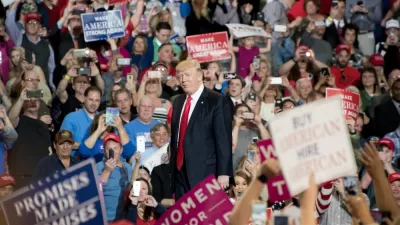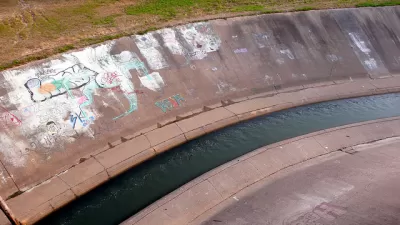President Trump has fallen short of 2016 promises to update and upgrade the key infrastructure of the United States, according to this article.

Jeff Stein provides analysis and commentary on the track record of the Trump administration on infrastructure—one of the key planks of the platform that won the president the election in 2016, but has since become a punchline for pundits.
Trump can claim credit for pursuing and at least partially fulfilling many of his key 2016 economic campaign pledges, such as cutting taxes, slashing government regulations and revamping America’s international trade deals. But on one central part of his economic pledge — a massive infrastructure package — the president has much less to boast of on the campaign trail.
The evidence backing this accusation includes receipts:
Trump has through four years in office failed to advance infrastructure legislation through Congress. Under his administration, federal investments on roads and bridges as a share of the economy have remained stagnant, while federal spending on water infrastructure projects have fallen to a 30-year low.
For the counterargument, Stein cites Trump's speeches on the campaign trail in 2020, where the president talks about the border wall ("We consider that infrastructure," said the president at the Economic Club of New York earlier this month) and the deregulatory accomplishments of the administration, which have reduced environmental review for infrastructure projects.
Stein finds many blue collar workers in battle ground states who are more interested in the lack of spending for infrastructure (Trump promised as much as $2 trillion in spending) and bureaucratic drag on other projects, even before the pandemic proved inadequate to inspire action by Republican leadership as it lingered past the summer.
FULL STORY: Trump’s 2016 campaign pledges on infrastructure have fallen short, creating opening for Biden

Trump Administration Could Effectively End Housing Voucher Program
Federal officials are eyeing major cuts to the Section 8 program that helps millions of low-income households pay rent.

Planetizen Federal Action Tracker
A weekly monitor of how Trump’s orders and actions are impacting planners and planning in America.

Ken Jennings Launches Transit Web Series
The Jeopardy champ wants you to ride public transit.

Washington Legislature Passes Rent Increase Cap
A bill that caps rent increases at 7 percent plus inflation is headed to the governor’s desk.

From Planning to Action: How LA County Is Rethinking Climate Resilience
Chief Sustainability Officer Rita Kampalath outlines the County’s shift from planning to implementation in its climate resilience efforts, emphasizing cross-departmental coordination, updated recovery strategies, and the need for flexible funding.

New Mexico Aging Department Commits to Helping Seniors Age ‘In Place’ and ‘Autonomously’ in New Draft Plan
As New Mexico’s population of seniors continues to grow, the state’s aging department is proposing expanded initiatives to help seniors maintain their autonomy while also supporting family caregivers.
Urban Design for Planners 1: Software Tools
This six-course series explores essential urban design concepts using open source software and equips planners with the tools they need to participate fully in the urban design process.
Planning for Universal Design
Learn the tools for implementing Universal Design in planning regulations.
Heyer Gruel & Associates PA
Ada County Highway District
Institute for Housing and Urban Development Studies (IHS)
City of Grandview
Harvard GSD Executive Education
Toledo-Lucas County Plan Commissions
Salt Lake City
NYU Wagner Graduate School of Public Service





























